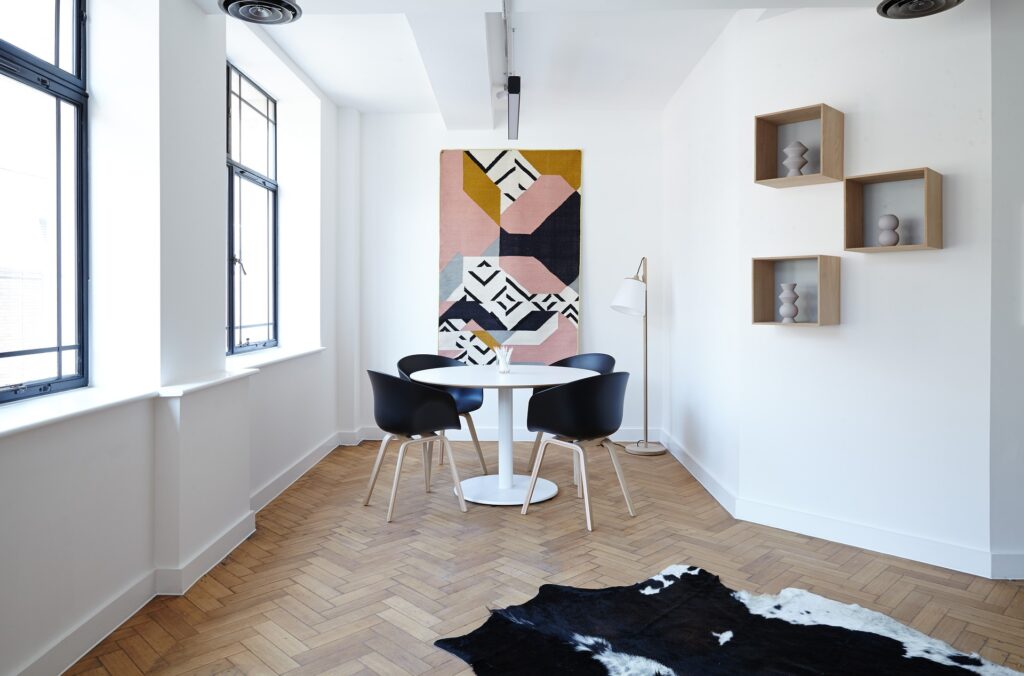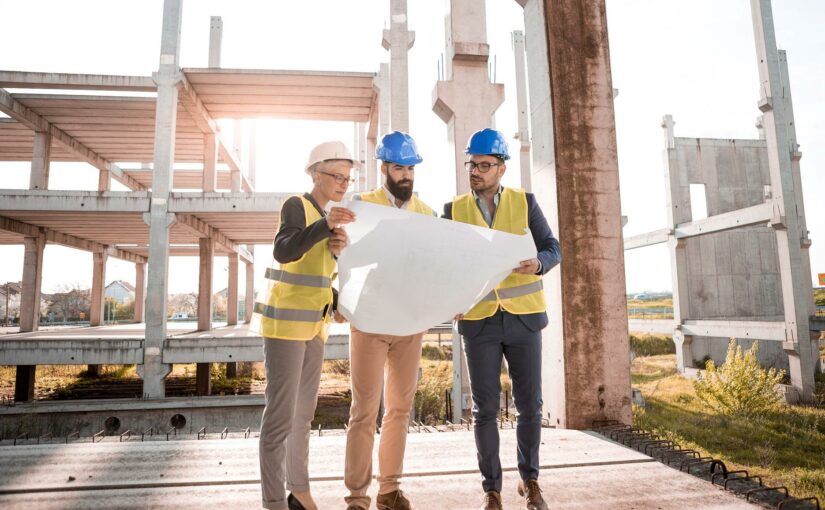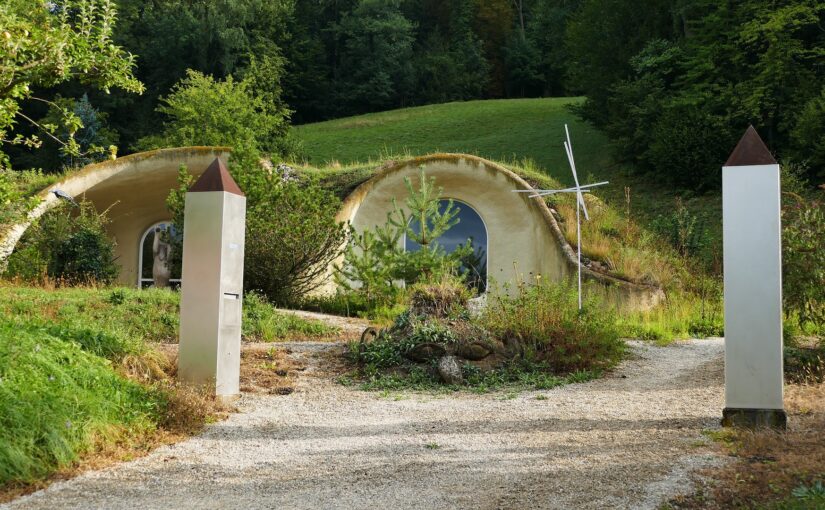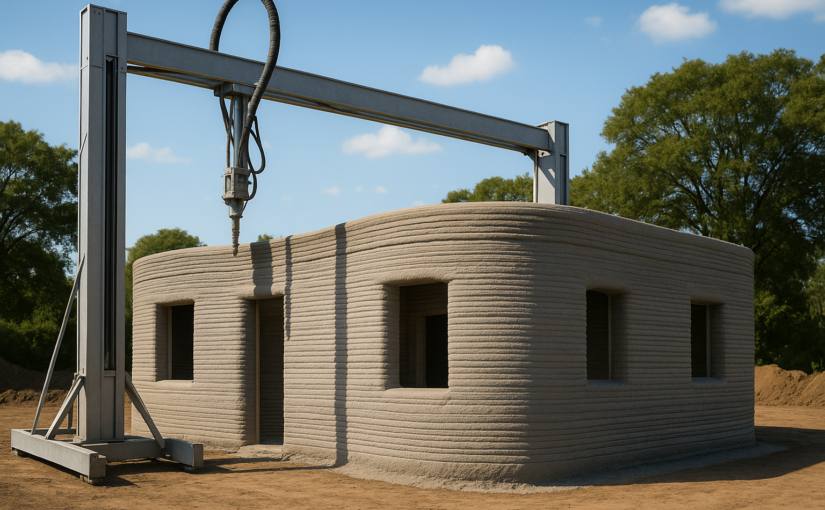Uncover the World of Real Estate: Learn the Basics and Start Your Journey Today
Are you ready to dive into the thrilling world of real estate? Whether you’re looking to become a professional real estate agent or just want to learn more about the industry for personal reasons, there are a ton of resources out there to help you get started.
First things first, it’s important to understand the basics of real estate. This includes understanding the different types of properties (e.g. residential, commercial, industrial), the different ways to buy and sell the property (e.g. auction, private sale), and the various players involved in a real estate transaction (e.g. agents, brokers, buyers, sellers).
Get Ahead in Real Estate: Hands-On Experience, Education and Licensing Requirements, Staying Up-to-Date
One of the best ways to learn about real estate is to get some hands-on experience. This could involve working as an intern or assistant at a real estate agency, or even volunteering with a local organization that deals with real estate issues. This will give you a chance to see how the industry works in action and get a feel for the day-to-day tasks of a real estate professional.
If you’re looking to become a licensed real estate agent, you’ll need to meet certain educational and licensing requirements. These requirements vary by state, so be sure to check with your state’s real estate commission for specific details. In general, you’ll need to complete a certain number of real estate education courses and pass a licensing exam.
Once you’re licensed, it’s important to stay up-to-date on industry trends and changes. This could involve taking continuing education courses, networking with other professionals, and staying active in professional organizations.
Finding the Perfect Property: Understanding Client Needs, Staying Up-to-Date on Market Trends and Negotiating the Sale
Now, let’s talk about finding the perfect property. As a real estate professional, it’s your job to help clients find the property that meets their needs and budget. This involves understanding your client’s wants and needs, as well as staying up-to-date on market trends and available properties.
To help clients find the perfect property, you’ll need to ask lots of questions and listen carefully to their answers. What type of property are they looking for? How much can they afford? What location is most important to them? Answering these questions will help you narrow down the search and find properties that are the best fit for your clients.
Once you’ve found a few properties that meet your client’s needs, it’s important to help them understand the pros and cons of each one. This could involve pointing out things like the condition of the property, the size and layout of the rooms, and the surrounding neighborhood.
Finally, it’s time to negotiate the sale. As a real estate professional, it’s your job to help your clients get the best deal possible on the property. This could involve negotiating the price, the terms of the sale, and any other details of the transaction.

(Source: Canva)
Concluding the Real Estate Journey: Staying Up-to-Date on Industry Trends, Financing Options, and Property Laws and Regulations
In conclusion, learning real estate can be a rewarding and exciting journey. Whether you’re looking to become a licensed professional or just want to learn more about the industry, there are plenty of resources out there to help you get started. Just remember to stay up-to-date on industry trends, ask lots of questions, and don’t be afraid to negotiate! With some hard work and dedication, you’ll be a pro in no time.
Another important aspect of learning real estate is understanding financing options. Depending on the property and the buyers’ financial situation, there are a variety of ways to finance a real estate purchase. Some common options include cash, traditional mortgages, and government-backed loans like FHA or VA loans.
It’s important for real estate professionals to have a basic understanding of these financing options, as well as any changes or updates to financing laws and regulations. This will enable you to better assist your clients in finding the financing option that best fits their needs.
In addition to financing, real estate professionals should also be knowledgeable about property laws and regulations. This includes understanding zoning laws, property tax laws, and any other laws that may affect a real estate transaction. It’s important to stay up-to-date on these laws and regulations, as they can change over time and can have a significant impact on a real estate transaction.
Mastering the Real Estate Industry: The Importance of Marketing, Customer Service, and Multifaceted Skills
Another key aspect of learning real estate is understanding the importance of marketing. As a real estate professional, it’s your job to market properties to potential buyers and sells them as quickly and efficiently as possible. This involves creating listings and marketing materials, networking with potential buyers and other professionals, and using social media and other online platforms to reach a wider audience.
Finally, learning real estate also involves understanding the importance of customer service. As a real estate professional, you’ll be working with a variety of clients, each with their own unique needs and concerns. It’s important to be patient, understanding, and responsive to your client’s needs, and to do everything you can to make the real estate process as smooth and stress-free as possible.
Conclusion
In summary, learning real estate is a multifaceted process that involves understanding the basics of the industry, gaining hands-on experience, staying up-to-date on industry trends and changes, understanding financing options, being knowledgeable about property laws and regulations, and mastering marketing and customer service skills. With hard work and dedication, you’ll be well on your way to becoming a successful real estate professional.
Author: Vlatko Avramoski












